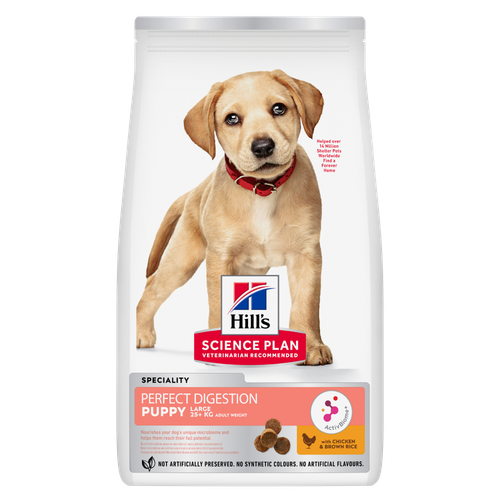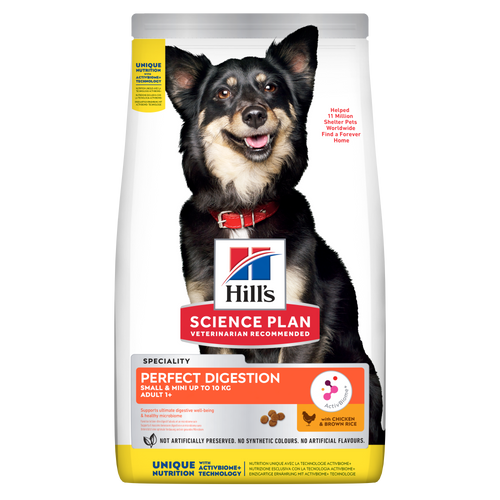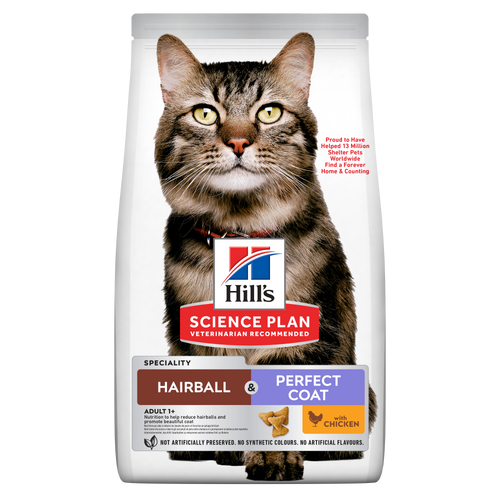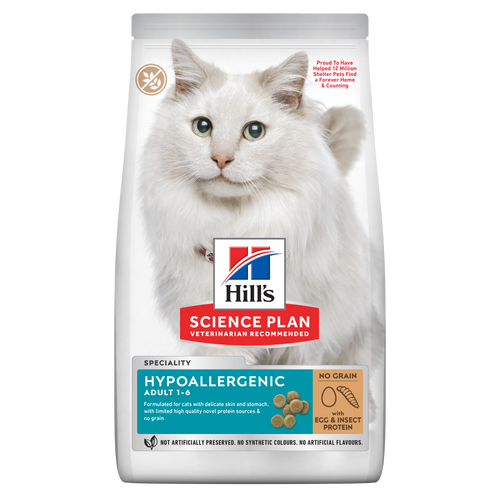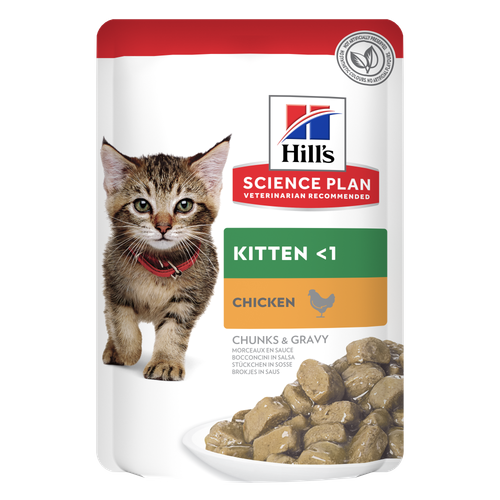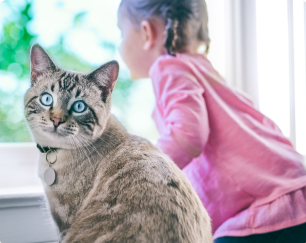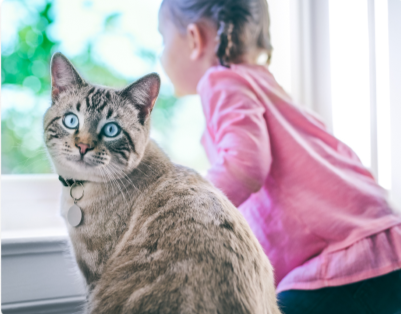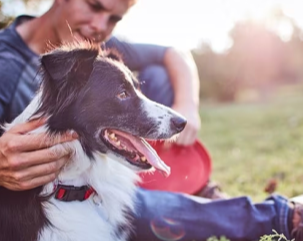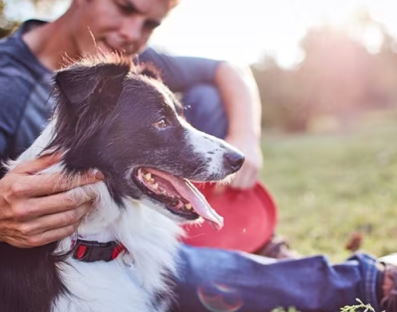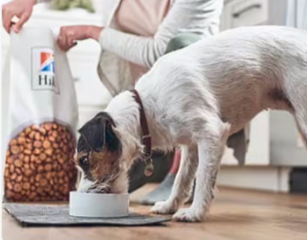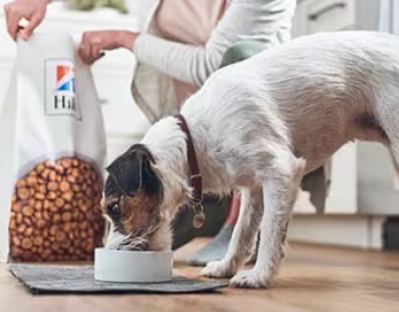Science-led Nutrition
Creates differences you can see, feel and trust
Science-led Nutrition
Creates differences you can see, feel and trust
We lead the way in several scientific fields to create the quality nutrition your pet deserves.
We believe that science is the best path to giving your pet the best care possible. Trends come and go, but our nutritional philosophy is that science leads the way, creating food to support pets' best lives.

Driven by your
pet’s needs
True innovation doesn’t use a template, which is why Hill’s employs more than 220 veterinarians, qualified nutritionists and food scientists to understand what your pet needs to live a long, happy life. We know there is no straight line to discovery, so first, we ask “what if?” and then look to clinical studies that confirm results you can trust. As patterns and discoveries emerge, breakthroughs begin.
Driven by your pet’s needs
True innovation doesn’t use a template, which is why Hill’s employs more than 220 veterinarians, qualified nutritionists and food scientists to understand what your pet needs to live a long, happy life. We know there is no straight line to discovery, so first, we ask “what if?” and then look to clinical studies that confirm results you can trust. As patterns and discoveries emerge, breakthroughs begin.
Science-led ingredients
The biggest nutritional impacts start at the smallest level. Healthy digestion, strong bones, and a beautiful coat are all results of a carefully selected combination of ingredients and nutrients.
Ingredient selection starts with a deep understanding of pets and their specific nutritional needs. We choose the combinations that not only taste delicious but also deliver the nutritional benefits for pets of every age, size and a variety of needs.
Each food is designed to be completely irresistible (as proven by our team of dogs and cats at our global Pet Nutrition Center).


Science-led ingredients
The biggest nutritional impacts start at the smallest level. Healthy digestion, strong bones, and a beautiful coat are all results of a carefully selected combination of ingredients and nutrients.
Ingredient selection starts with a deep understanding of pets and their specific nutritional needs. We choose the combinations that not only taste delicious but also deliver the nutritional benefits for pets of every age, size and a variety of needs.
Each food is designed to be completely irresistible (as proven by our team of dogs and cats at our global Pet Nutrition Center).
Groundbreaking science creates groundbreaking nutrition
Leaders in predictive biology
Science tells us that biology matters when it comes to health. One example of this is our ongoing research on how nutrition can affect a pet’s gene expression to help them live a long, healthy life.
ActivBiome+
Hill’s ActivBiome+ Technology is formulated with an exclusive blend of prebiotics to rapidly nourish your pet’s gut microbiome for ultimate digestive health and wellbeing.


Understanding your pet’s health from the inside out
Prebiotics are what nourishes gut bacteria — and may influence the overall health and wellbeing of your pet. After years of research, experts at Hill’s have determined the gut microbiome affects not only your pet’s digestive health but their overall health as well.
Hill’s is putting microbiome health at the forefront of GI care and working to naturally promote regular healthy stool while restoring the balance of pets' unique gut microbiome.
Trusted by the experts
When it comes to your pet, your veterinarian is your best source of information and care. It’s their unbiased feedback that helps us maintain and refine our pet food formulas, which is why countless veterinarians recommend and feed their own pets Hill's products.

